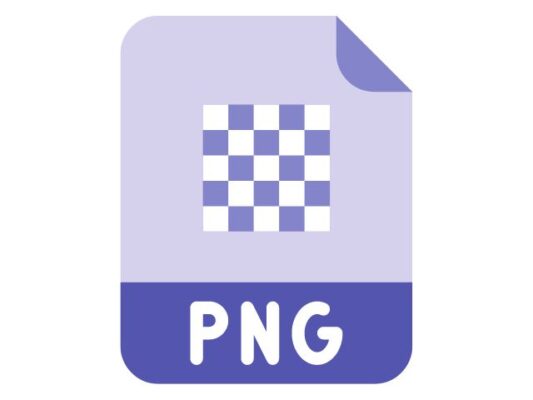In the world of digital graphics, the ability to convert raster images, such as PNG files, into vector images like SVG can open up new possibilities. While PNG is a widely used format for web images, SVG (Scalable Vector Graphics) offers the advantage of scalability without compromising quality. In this comprehensive guide, we’ll explore various methods and tools for converting PNG to SVG.
Understanding the Basics
1. Raster vs. Vector:
To comprehend the conversion process, it’s essential to grasp the fundamental difference between raster and vector images. PNG files are raster images composed of pixels, while SVG files are vector images constructed from mathematical shapes. The key distinction lies in how they handle scalability – raster images lose quality when resized, while vector images maintain clarity.
2. Why Convert PNG to SVG?
The conversion from PNG to SVG is particularly useful in scenarios where scalability and editability are crucial. SVGs are ideal for technical drawings, logos, and illustrations due to their ability to scale without loss of quality. Additionally, SVG files have smaller sizes compared to raster images, making them favorable for web graphics.

Methods of Conversion
1. Online Converters
Numerous online platforms simplify the PNG to SVG conversion process. Platforms like CloudConvert, OnlineConverter.com, and Convertio offer user-friendly interfaces. Users typically upload their PNG files, select SVG as the output format, and download the converted files.
2. Graphic Design Software
Professional graphic design software provides advanced options for PNG to SVG conversion. Adobe Illustrator and Inkscape are powerful tools that allow users to open PNG files and save them as SVG. These programs offer more control over the vectorization process, making them suitable for intricate designs.
3. Command-Line Tools
For users comfortable with command-line interfaces, Potrace is a utility that converts bitmap images to vector graphics. While it requires some technical know-how, it provides precise control over the conversion process.
4. Programming Libraries
If you prefer a programmatic approach, using programming languages like Python with libraries such as Pillow (PIL) and svgwrite allows for batch processing and automation of the conversion task.
5. In-Browser Tools
Online in-browser tools like Vectr provide a convenient option for users who prefer not to download or install additional software. These tools often have simplified interfaces for quick conversions.
6. Desktop Applications
Professional design software like CorelDRAW also supports PNG to SVG conversion. Desktop applications provide a comprehensive suite of design tools, making them suitable for complex projects.
Step-by-Step Guide to Online Conversion

1. Choose an Online Converter
Select a reliable online converter such as CloudConvert, OnlineConverter.com, or Convertio.
2. Upload Your PNG File
Use the platform’s interface to upload your PNG file. Some platforms also allow file import from cloud storage or URLs.
3. Configure Conversion Settings
Depending on the platform, you may have options to configure settings such as color depth, resolution, or vectorization parameters. Adjust these settings according to your preferences.
4. Initiate the Conversion
Once you’re satisfied with the configuration, initiate the conversion process. The platform will process your PNG file and generate the corresponding SVG file.
5. Download the SVG File
After the conversion is complete, the platform will provide a link or button to download the SVG file. Ensure you save the file in a location accessible to you.
Tips and Considerations
1. Quality Considerations
While online converters offer convenience, be mindful of potential quality variations. For critical projects, consider using professional design software for finer control.
2. Editability
SVG files are inherently editable. After conversion, explore the SVG file in vector editing software to make adjustments or modifications as needed.
3. Batch Processing
If you have multiple PNG files to convert, choose a platform or tool that supports batch processing to save time and effort.
4. Explore Advanced Features
Professional design software often includes advanced features for vectorization. Take advantage of these features for intricate designs and illustrations.
In conclusion, converting PNG to SVG opens up a world of possibilities for digital design. Whether you opt for online converters, graphic design software, or programming tools, understanding the strengths and limitations of each method empowers you to choose the approach that best fits your needs. Experiment with different tools, explore advanced features and unleash your creativity with the versatility of SVG. After successfully crafting and designing your SVG using Adobe Illustrator, I consistently validate its compatibility within Cricut Design Space. Conducting a thorough test run is my practice to ensure nothing has been overlooked and that the cutting machine interprets the file accurately. Upon completing this process and achieving the desired result, you gain the flexibility to either cut, draw, or even consider selling your meticulously crafted designs!

